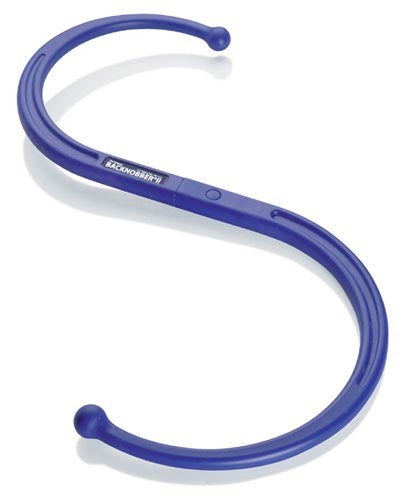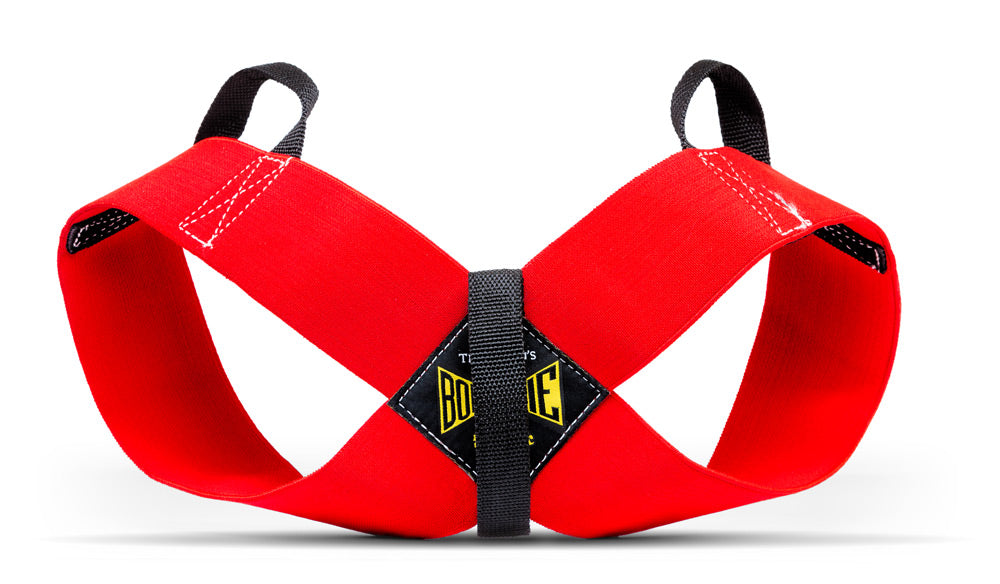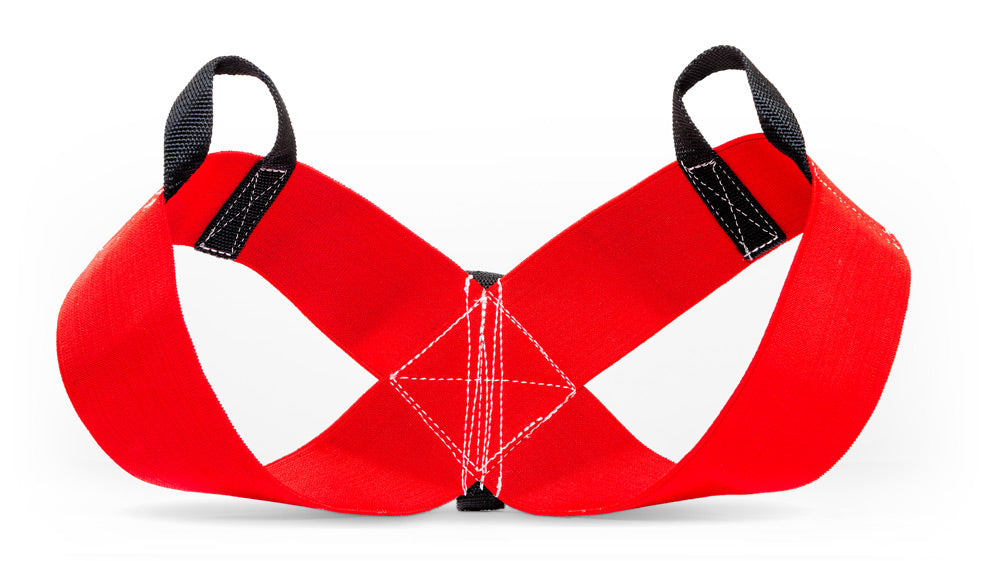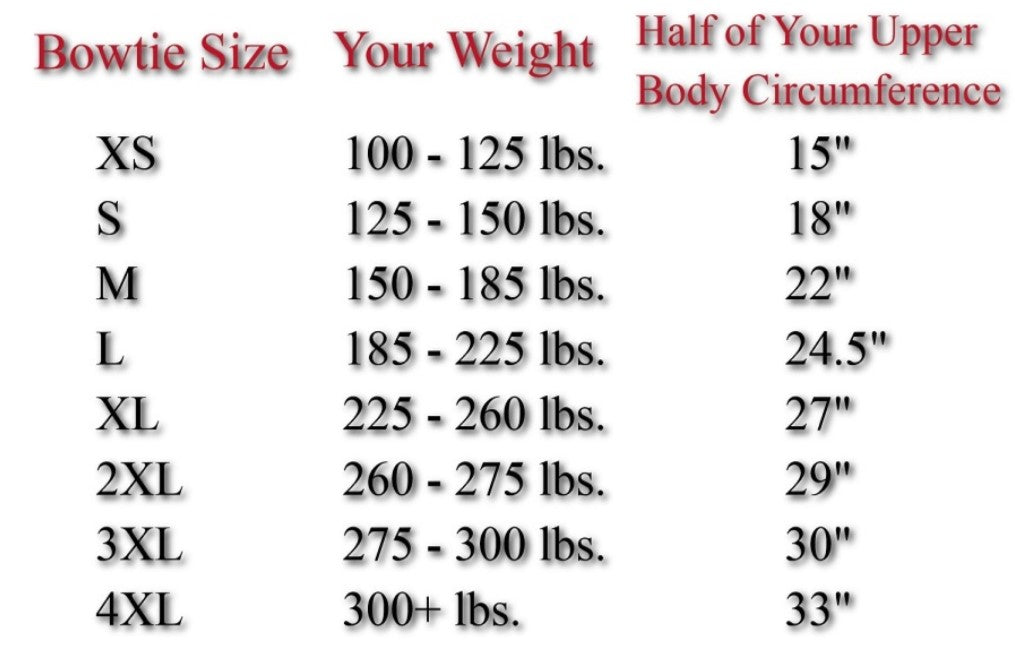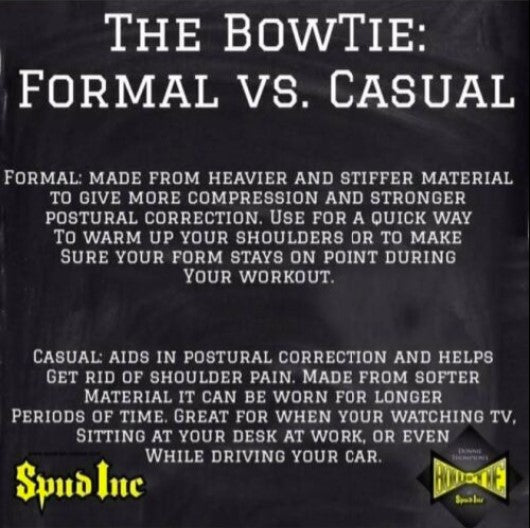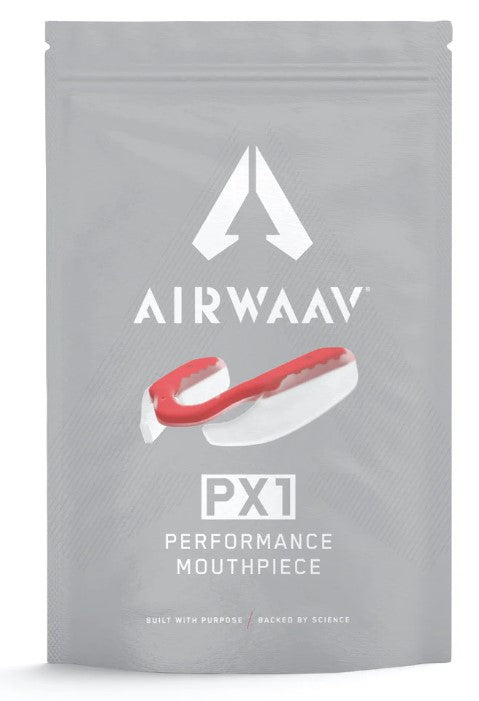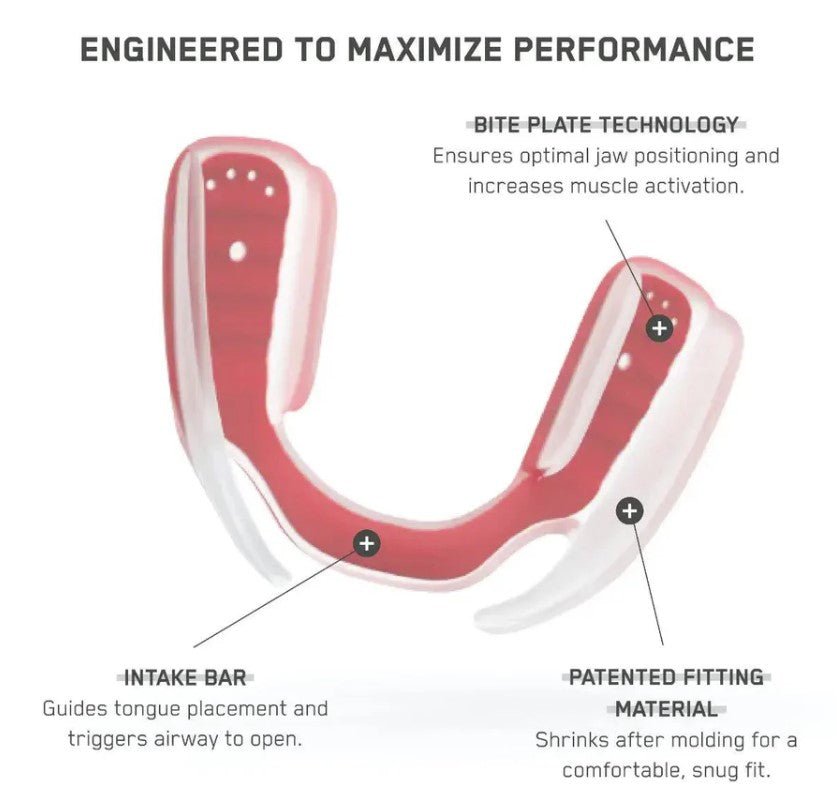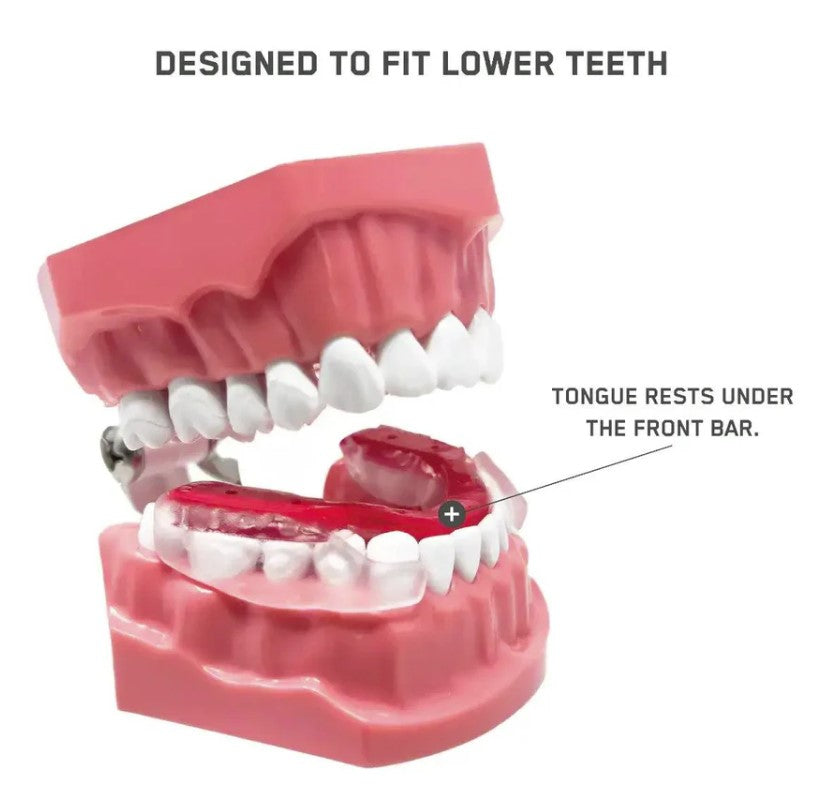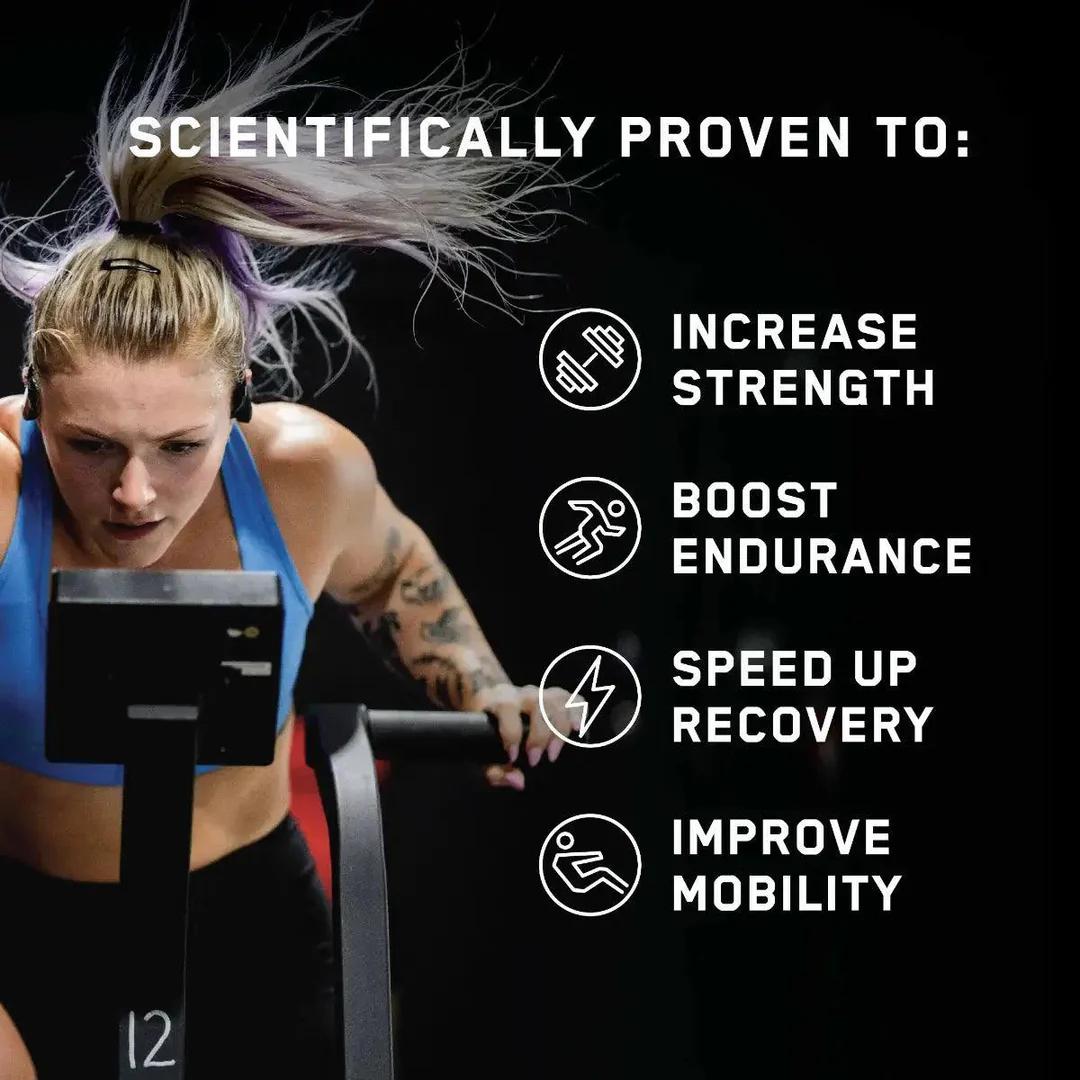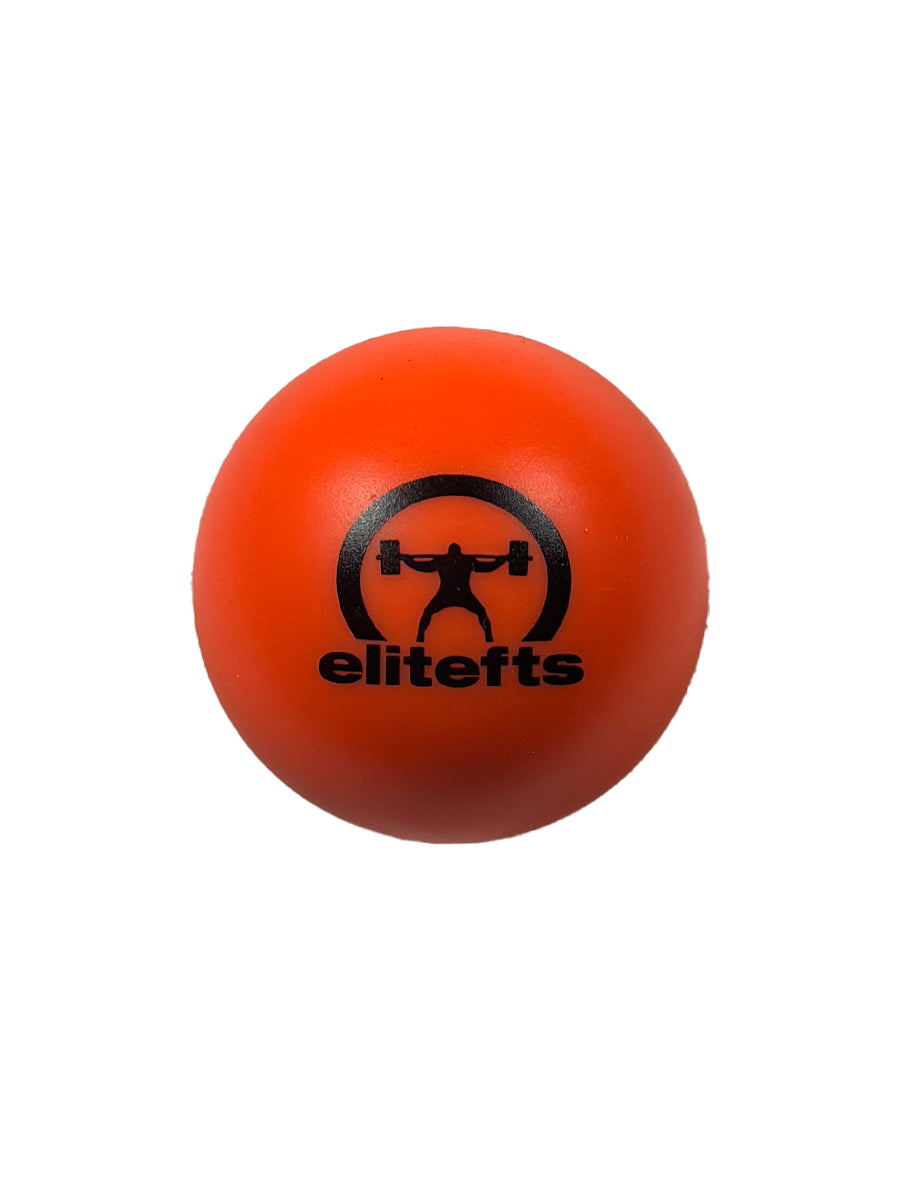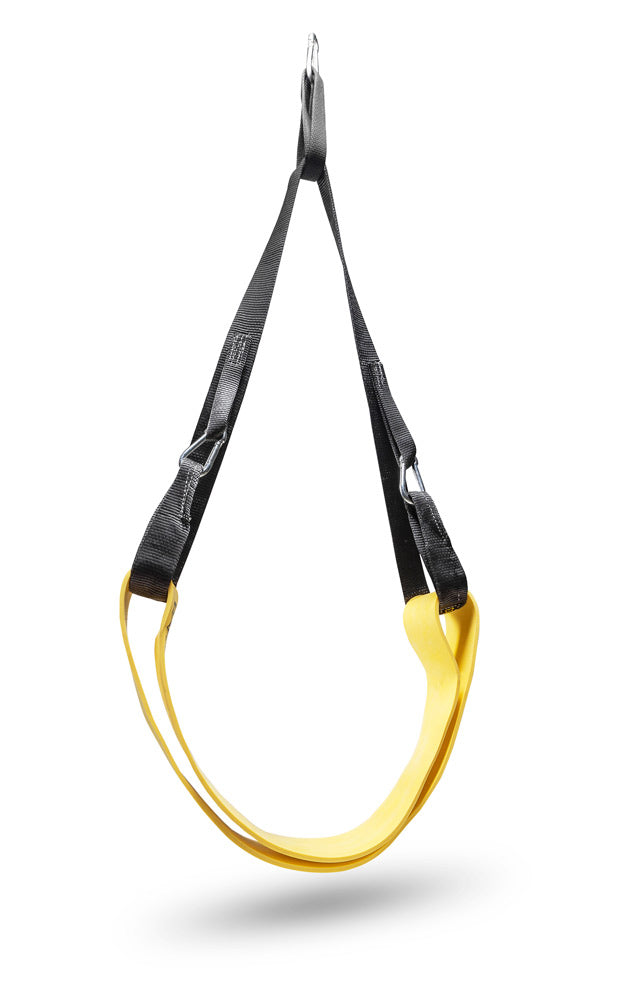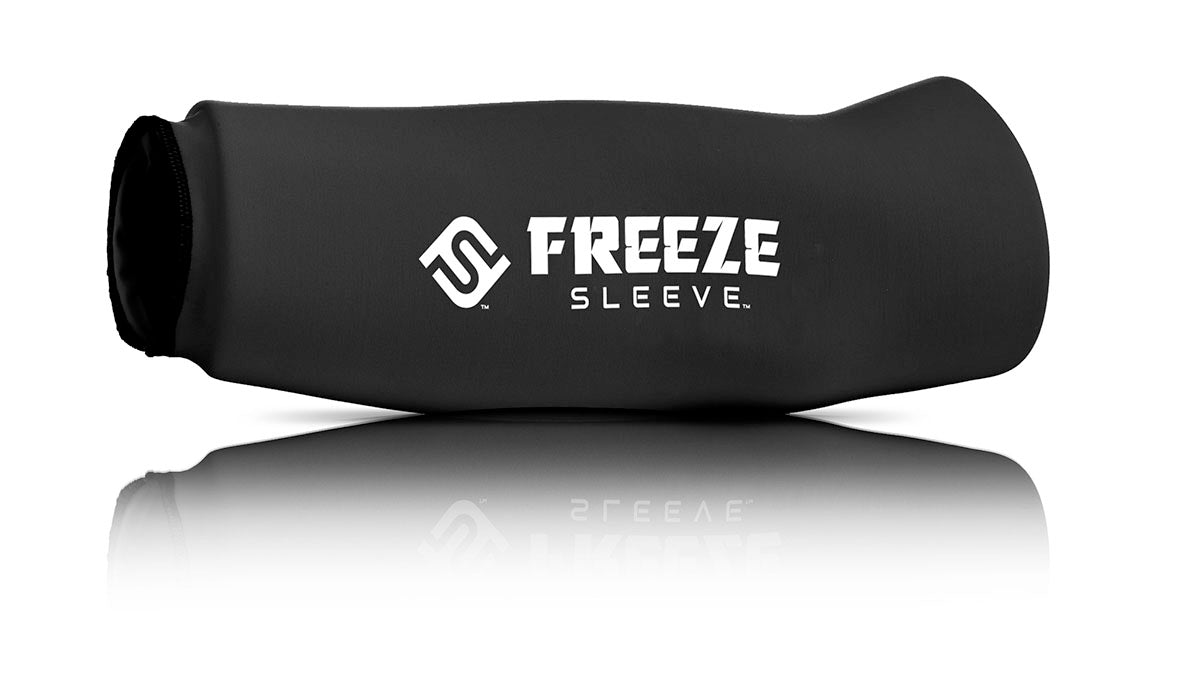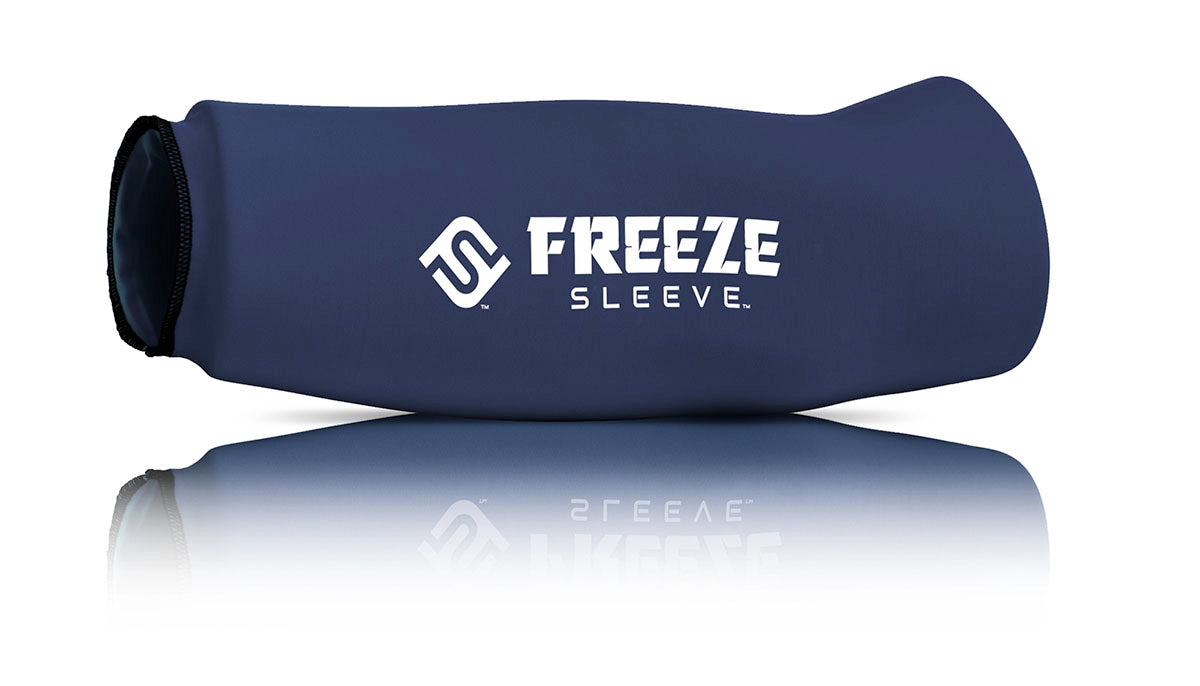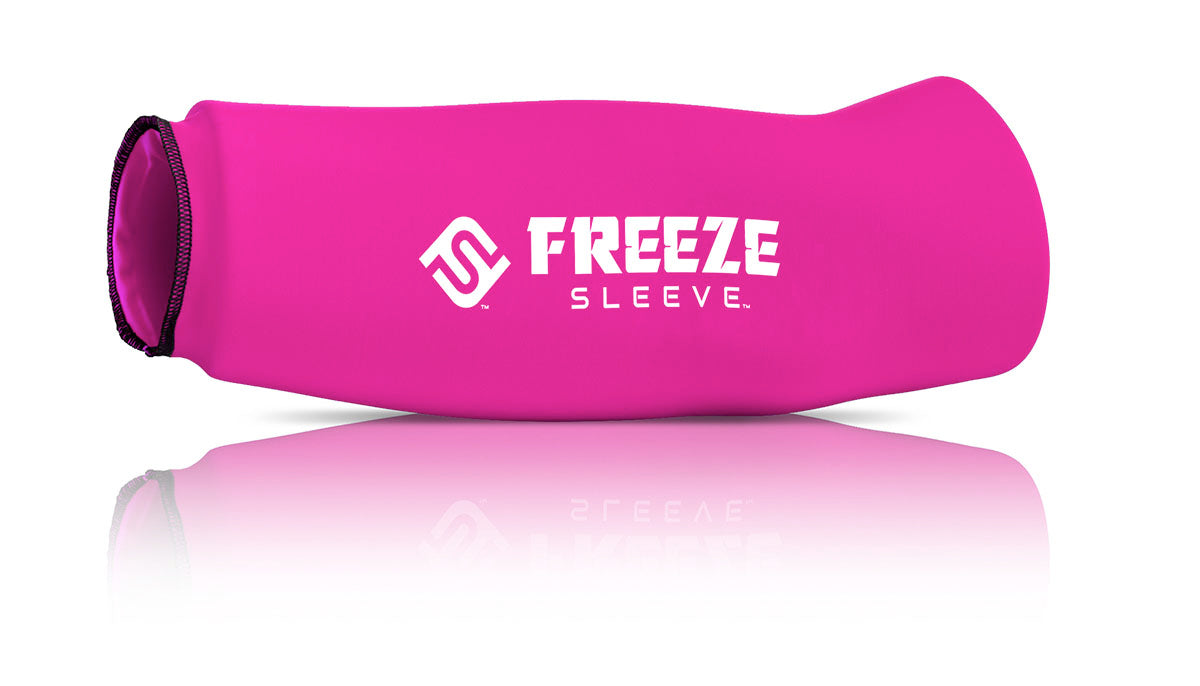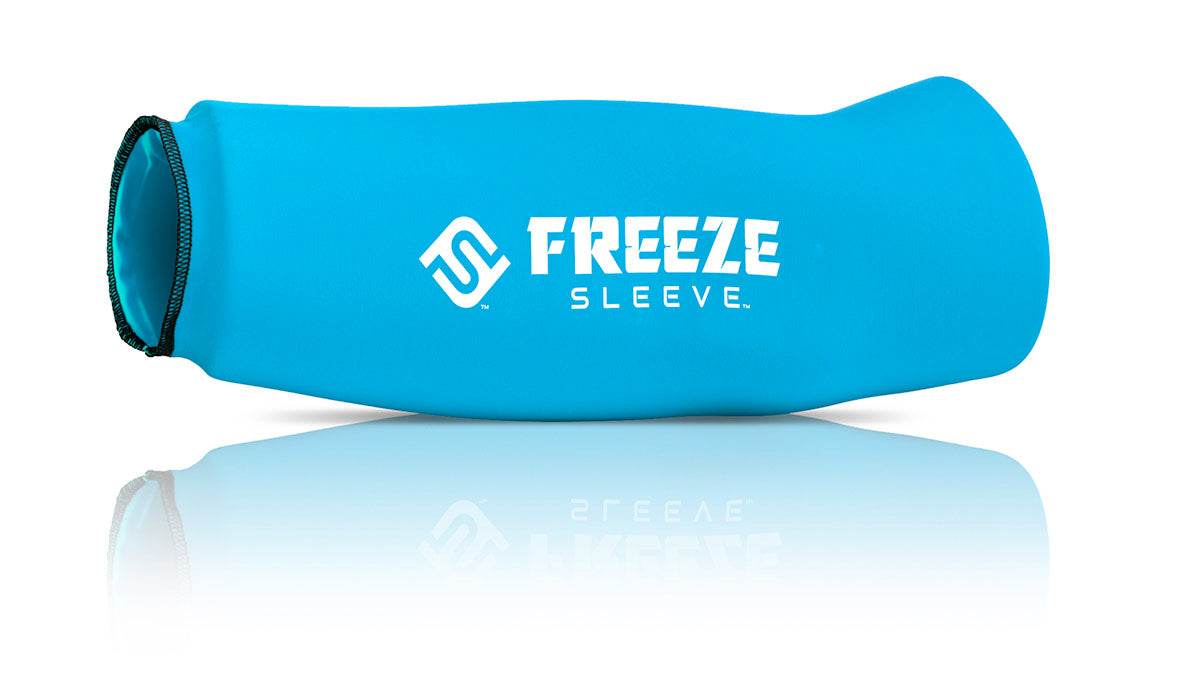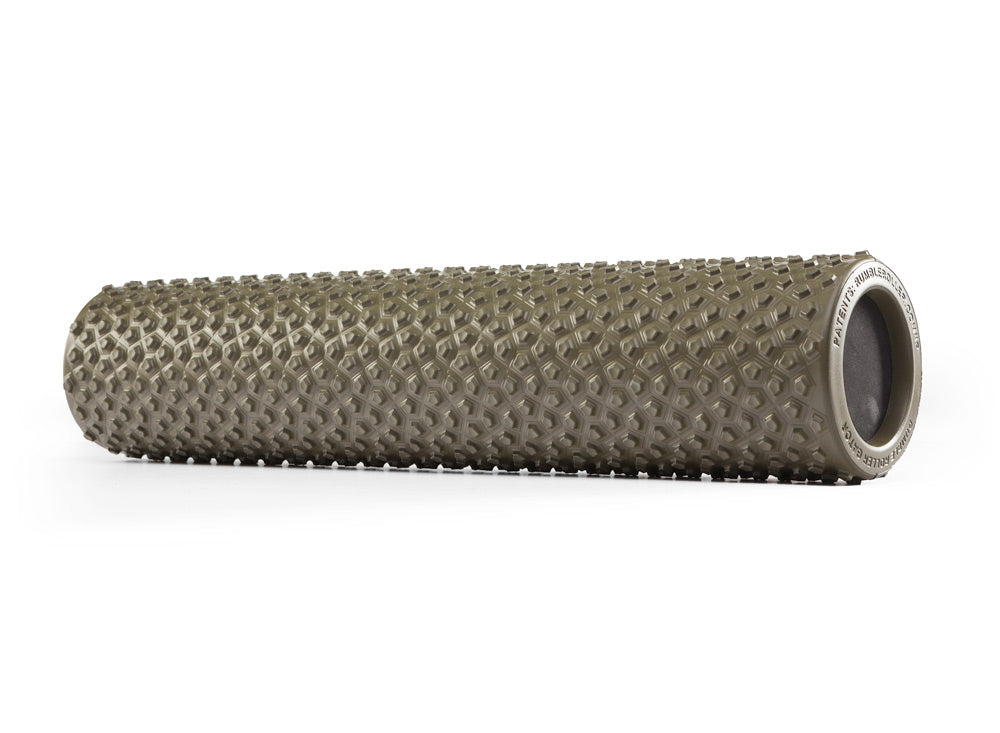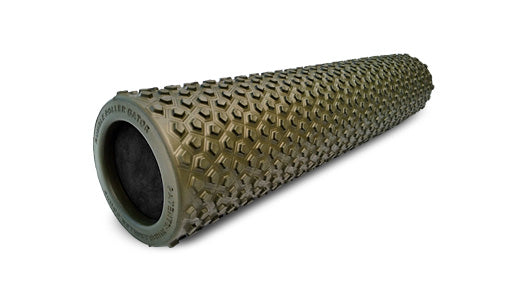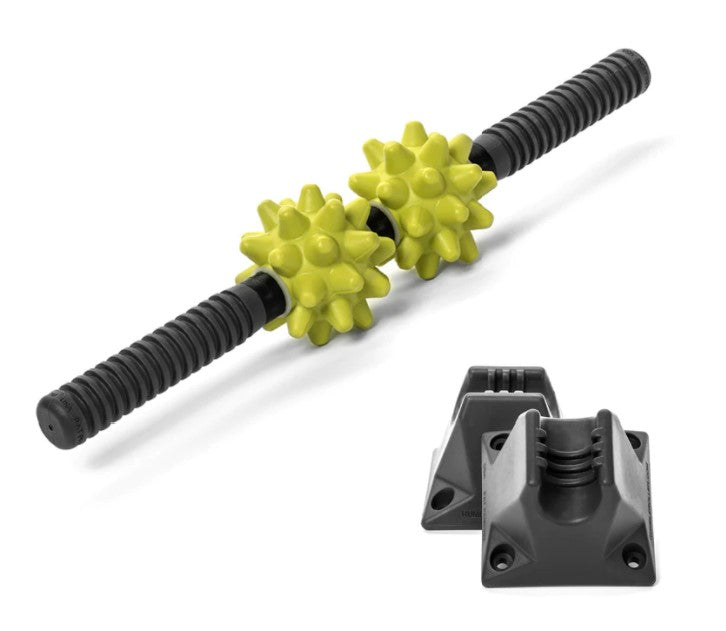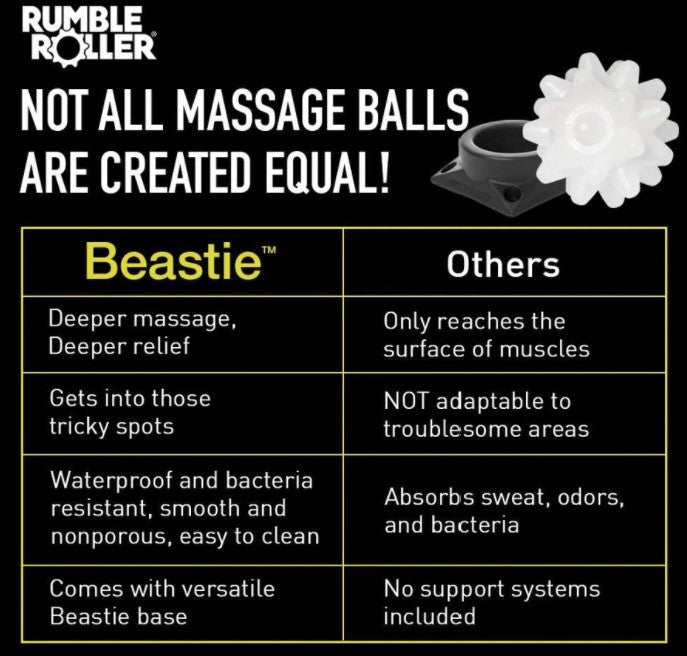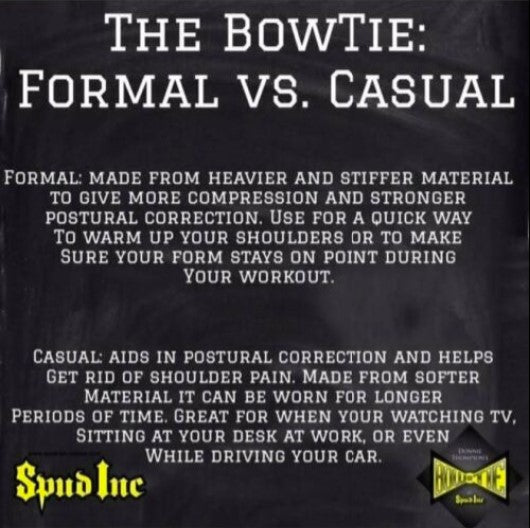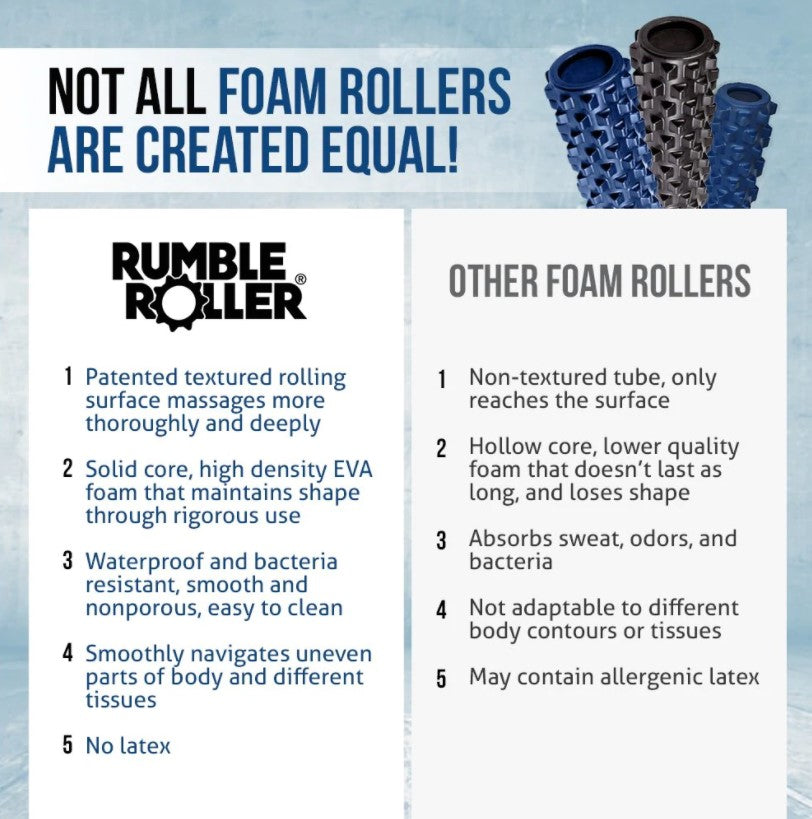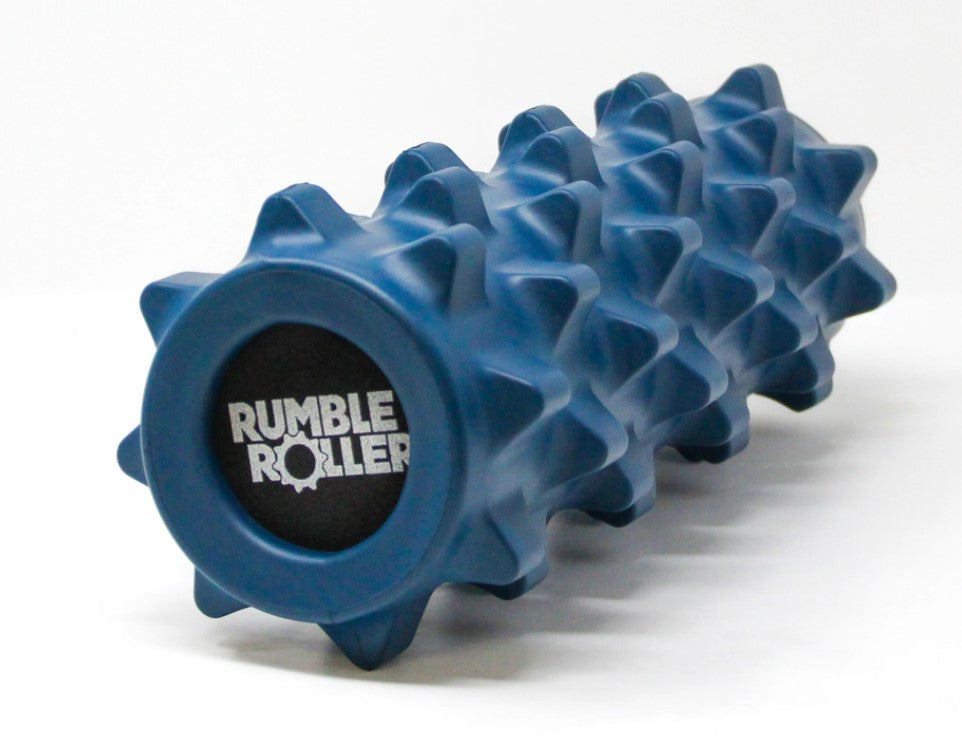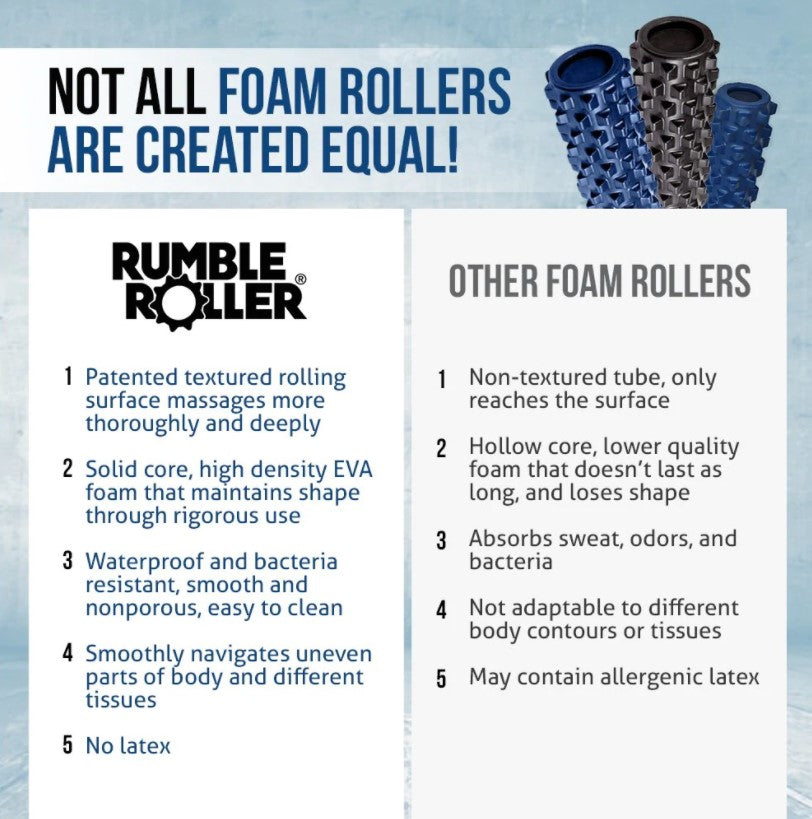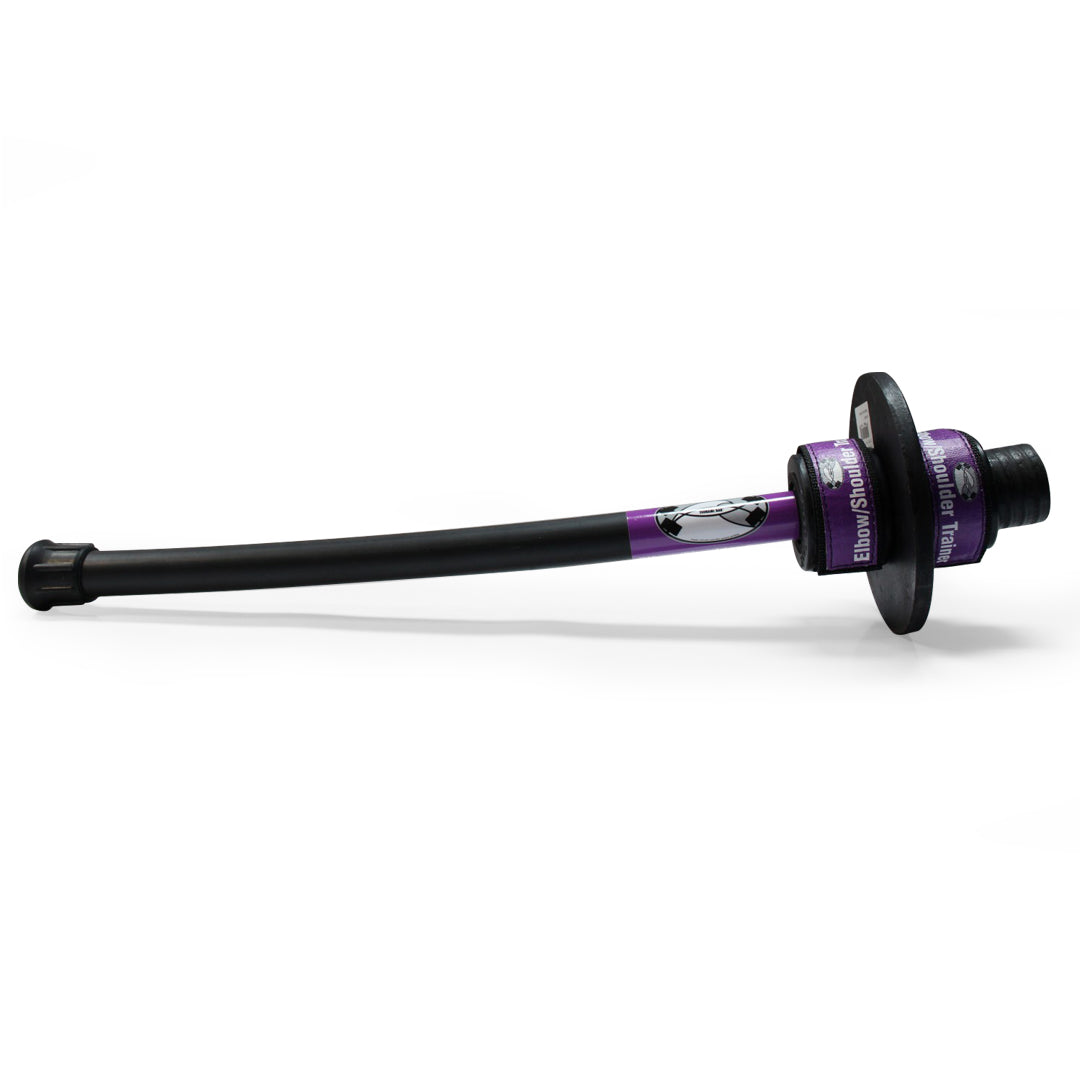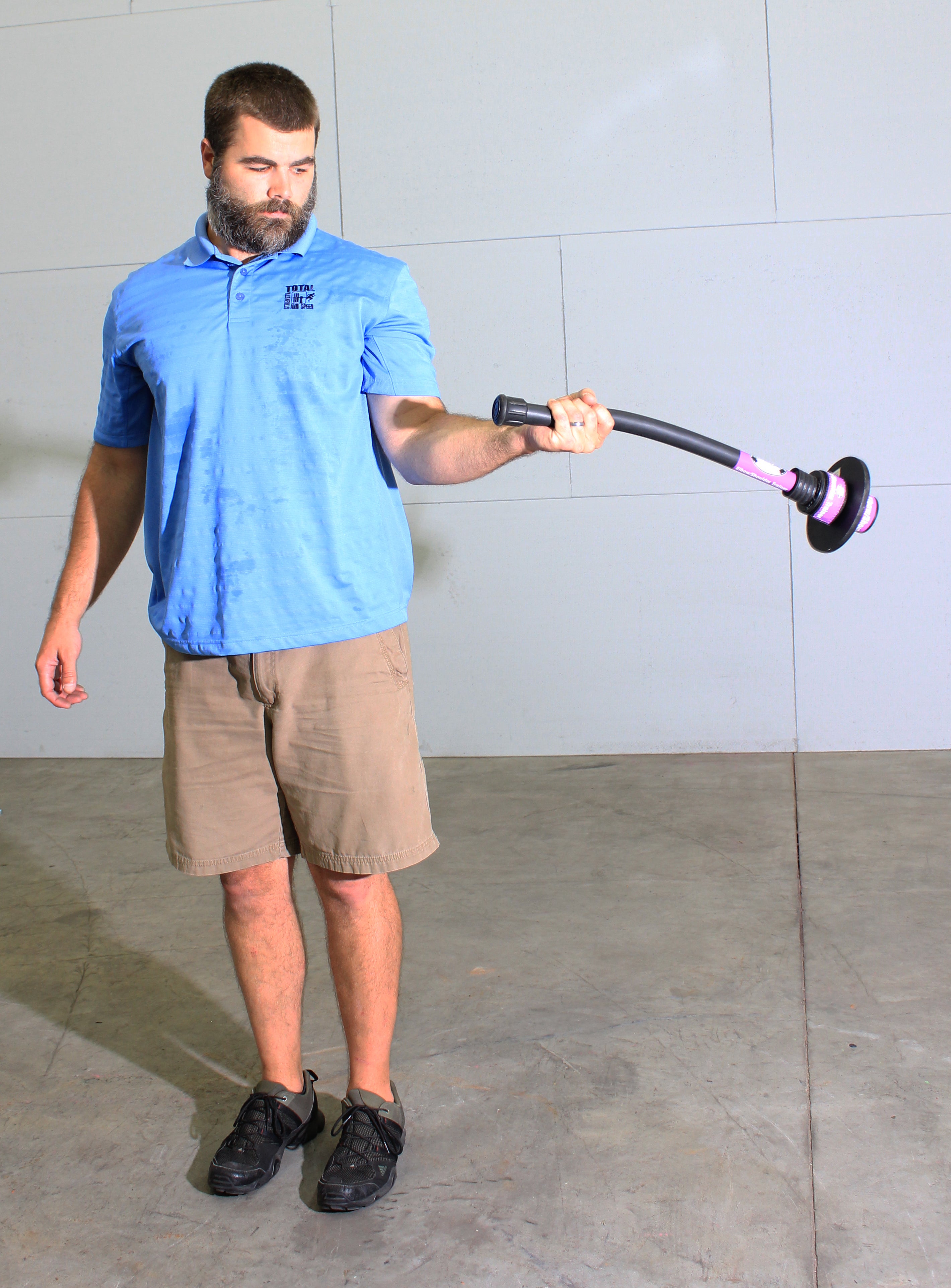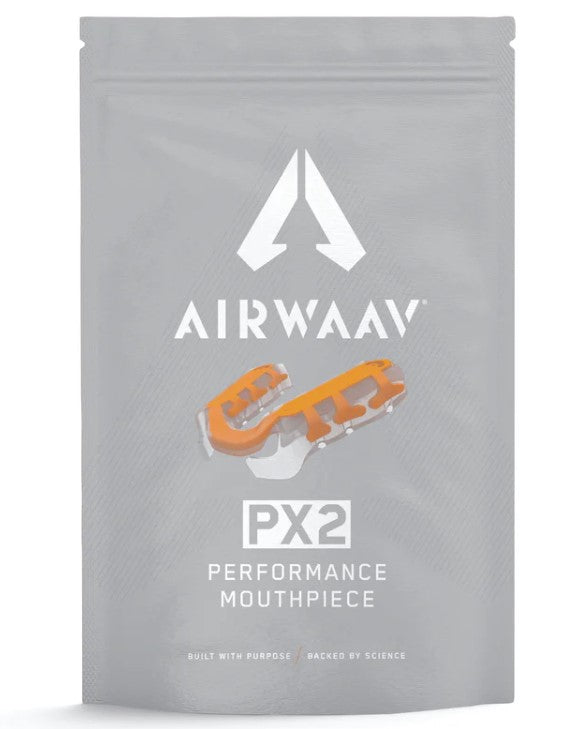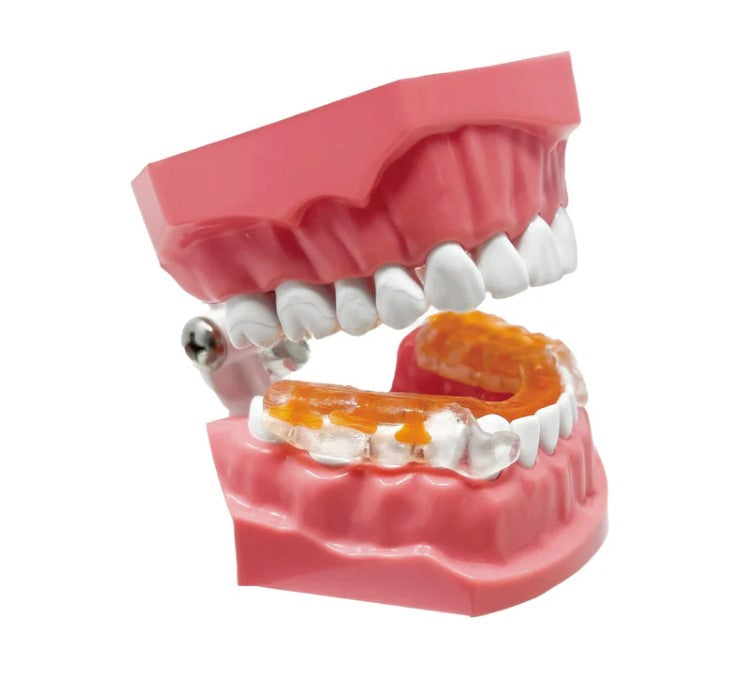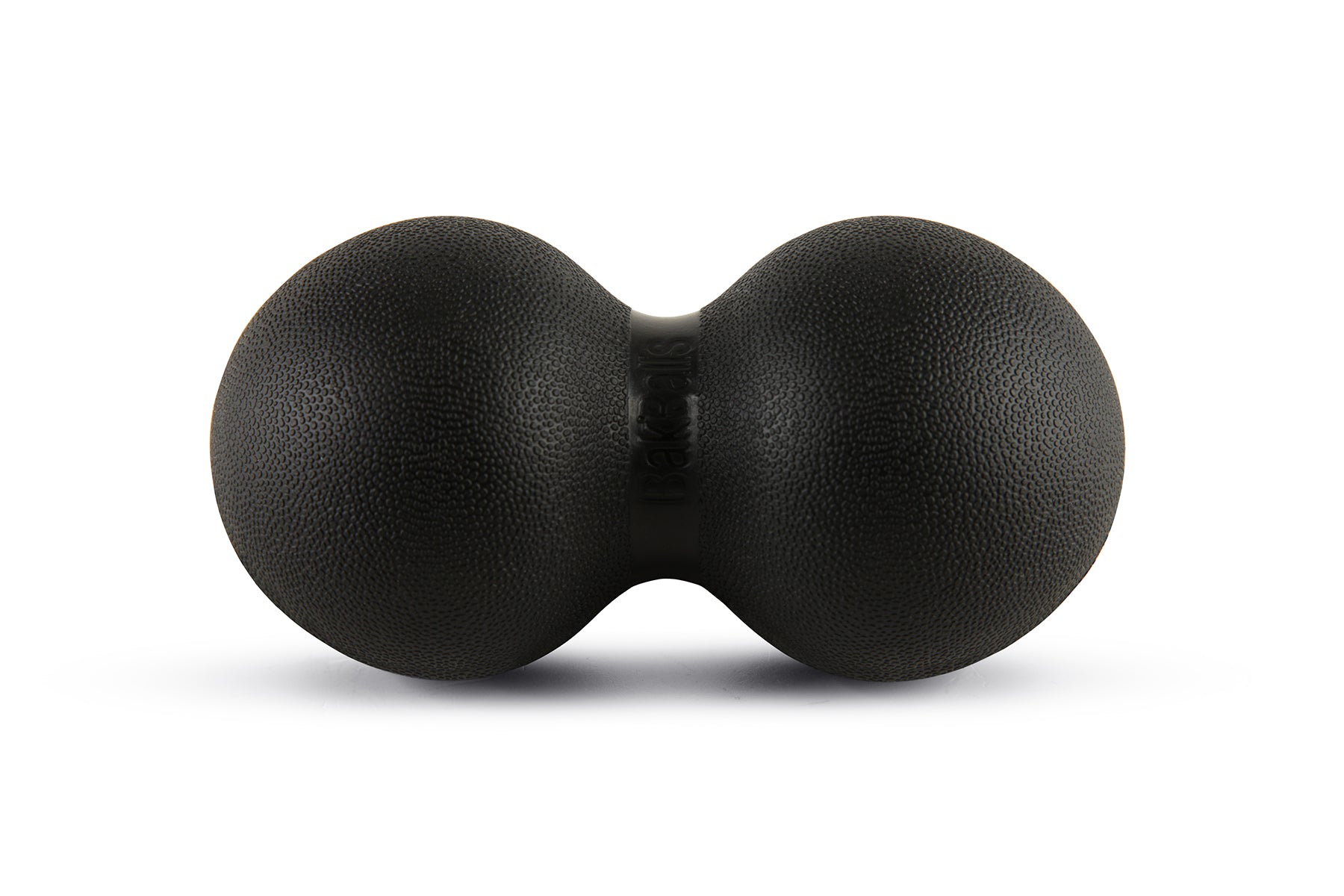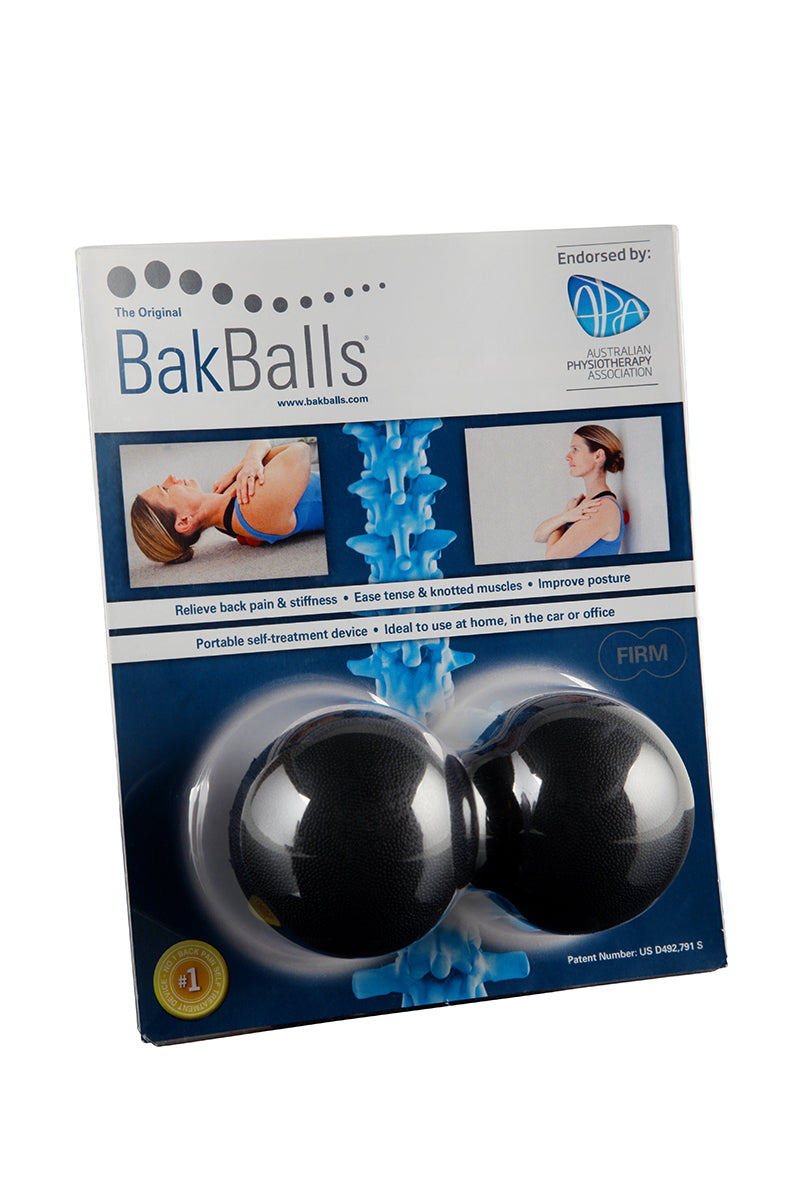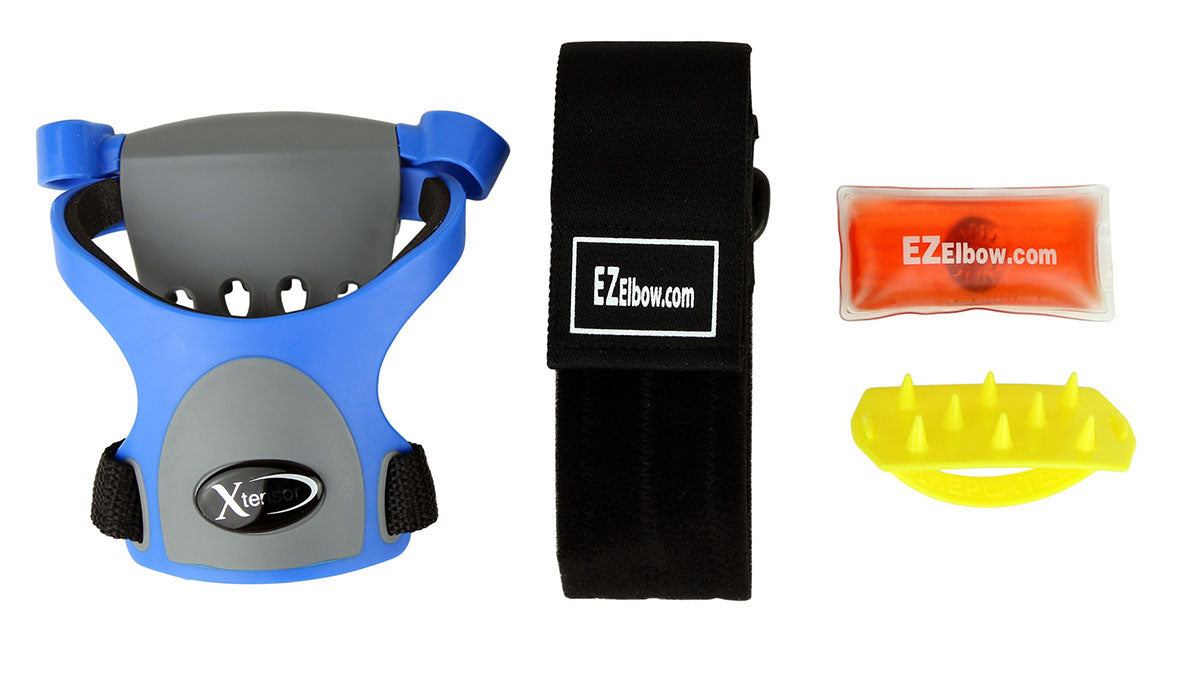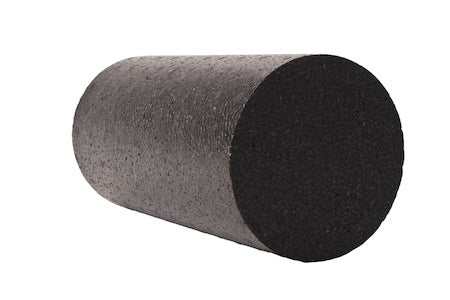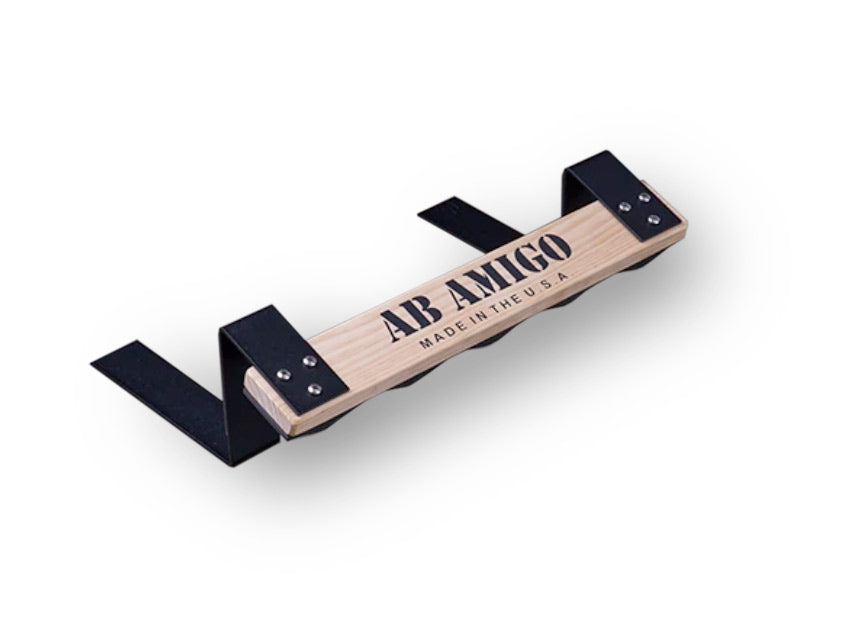mixed martial arts (MMA) strength routine, you’re increasing your athlete’s risk for injury down the road. I’ve said it many times before—strength and conditioning for combat athletes isn’t all about the high intensity five-minute metabolic circuit. A proper program needs to incorporate many aspects or “phases” in order to be complete, well-rounded, and effective.Trying to convince a combat athlete that thoracic spine mobility drills will help him in the octagon is like trying to convince my girlfriend that size doesn’t matter (I’m talking arm size of course). These athletes want to be faster, stronger, and more powerful, so suggesting they
foam roll their IT band and adductors before each session is usually followed by some confused looks. It’s a daunting task. But in my eyes, it’s also a valuable and worthwhile task. Why corrective exercise? Combat athletes will encounter many injuries during their career. They literally take a beating 5–6 days a week in preparation for their next match or tournament. Their bodies are able to adapt to find a path of least resistance in order to accomplish the task at hand. These adaptations or compensation patterns can create imbalances throughout the body. If corrective movements aren’t incorporated into the program, these improper movement patterns will continue until the body isn’t able to handle the improper loads placed upon it any longer. The result is a more debilitating injury down the road. Let’s take a step back and define “corrective exercise.” To help with this, I contacted a friend and colleague of mine, Anthony Carey. Carey is the CEO and founder of Function First in San Diego, California. He’s an author, presenter, consultant, and inventor of the Core-Tex™. Learn more about Carey and the Core-Tex™. Carey defines corrective exercise as, “Movements or postures that are used to produce desirable changes in joint positioning, stability, and movement strategies, thereby minimizing or eliminating compensations and producing efficient movement patterns. Corrective exercises should precede more integrated exercises because they can cue the client’s motor system to respond in a more desirable way and assist in removing or improving biomechanical constraints.” Because combat athletes are extremely susceptible to repetitive motion injuries, it only makes sense to prevent or at least reduce these injuries by being proactive. I prefer to assess my athletes early on in their training so corrective movements and postures can be implemented immediately. The sooner we can begin to reverse the “imbalance process” the better. Carey agrees: “I always start with global or full body integrated assessments. This includes static posture, overhead squat, and gait. These are at a minimum.” Depending on what we discover in the assessment, we can then determine what movements need to be incorporated into the training sessions. As I mentioned earlier, it’s a challenge to incorporate these movements into a session because they aren’t flashy or exciting. They should only take a couple minutes and it is time well spent. You have to educate your athletes (or any client for that matter) on the importance of corrective exercise. When their injuries are decreased and their victories more frequent, they will become believers quickly. A couple common traits that create imbalances in the combat athletes I’ve worked with include:
- Frequent plantar flexion—tight calves from being up on the balls of the feet
- Upper cross issues—hands up to protect, forward rounding of shoulders
- Hip tightness—from kicking and being externally rotated at the hips






